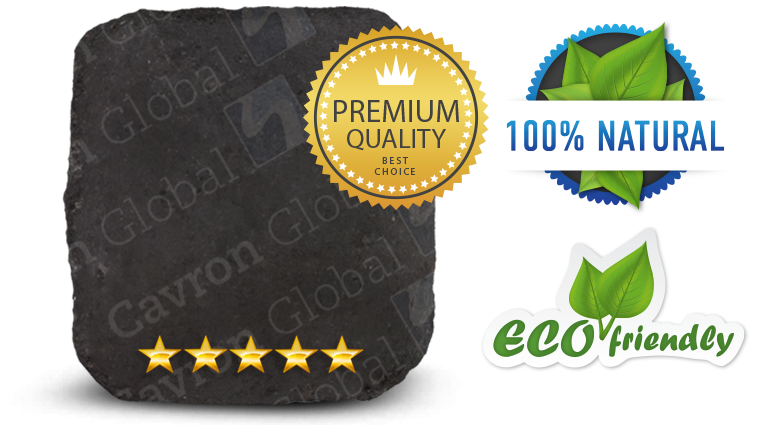Charcoal briquettes have become a popular fuel choice for outdoor grilling enthusiasts. But have you ever wondered about the science behind their burning process, heat distribution, and smoke production? In this article, we’ll explore the fascinating scientific principles that govern charcoal briquettes and help you understand why they are an excellent choice for your grilling needs.
The Burning Process:
Charcoal briquettes are created by compacting charcoal dust or fines with a binder to form uniform shapes. These briquettes have a high carbon content and a low moisture level, which makes them efficient in terms of burning. The burning process of charcoal briquettes can be explained by the principle of pyrolysis. When heated, the briquettes undergo a chemical reaction in which volatile compounds are released, leaving behind solid carbon. This carbon then burns in the presence of oxygen, generating heat and producing a steady flame.
Heat Distribution:
One of the advantages of charcoal briquettes is their ability to provide consistent and even heat distribution during grilling. The science behind this lies in the uniformity of the briquettes’ composition. The binder used in the manufacturing process helps create a dense structure, resulting in a consistent burn rate. As the briquettes heat up, the carbon content releases energy in the form of heat. This heat is evenly distributed throughout the briquette, ensuring a steady and predictable cooking temperature.
Additionally, charcoal briquettes are designed with small air pockets or channels that allow for proper airflow. These pockets help regulate the combustion process, promoting efficient burning and minimizing temperature fluctuations. The combination of uniform composition and controlled airflow contributes to the reliable heat distribution that makes charcoal briquettes a popular choice among grilling enthusiasts.
Smoke Production:
Charcoal briquettes produce smoke during the burning process, which adds a distinct flavor to grilled food. The amount and quality of smoke generated depend on several factors, including the type of wood used to make the charcoal, the moisture content of the briquettes, and the presence of oxygen.
Charcoal briquettes made from hardwoods like oak, hickory, or mesquite produce rich and aromatic smoke. The low moisture content of briquettes ensures a clean, efficient burn, minimizing excessive smoke. Proper airflow is crucial for smoke production. When grilling with charcoal briquettes, it’s essential to regulate the airflow through the grill vents to control the amount of smoke released. This allows you to achieve the desired smoky flavor without overpowering the food.
Conclusion:
Understanding the science behind charcoal briquettes enhances your grilling experience. The pyrolysis process, uniform heat distribution, and controlled smoke production contribute to the overall performance and flavor achieved when using charcoal briquettes. Now armed with this knowledge, you can confidently elevate your grilling skills and enjoy deliciously cooked meals with that perfect smoky taste.


